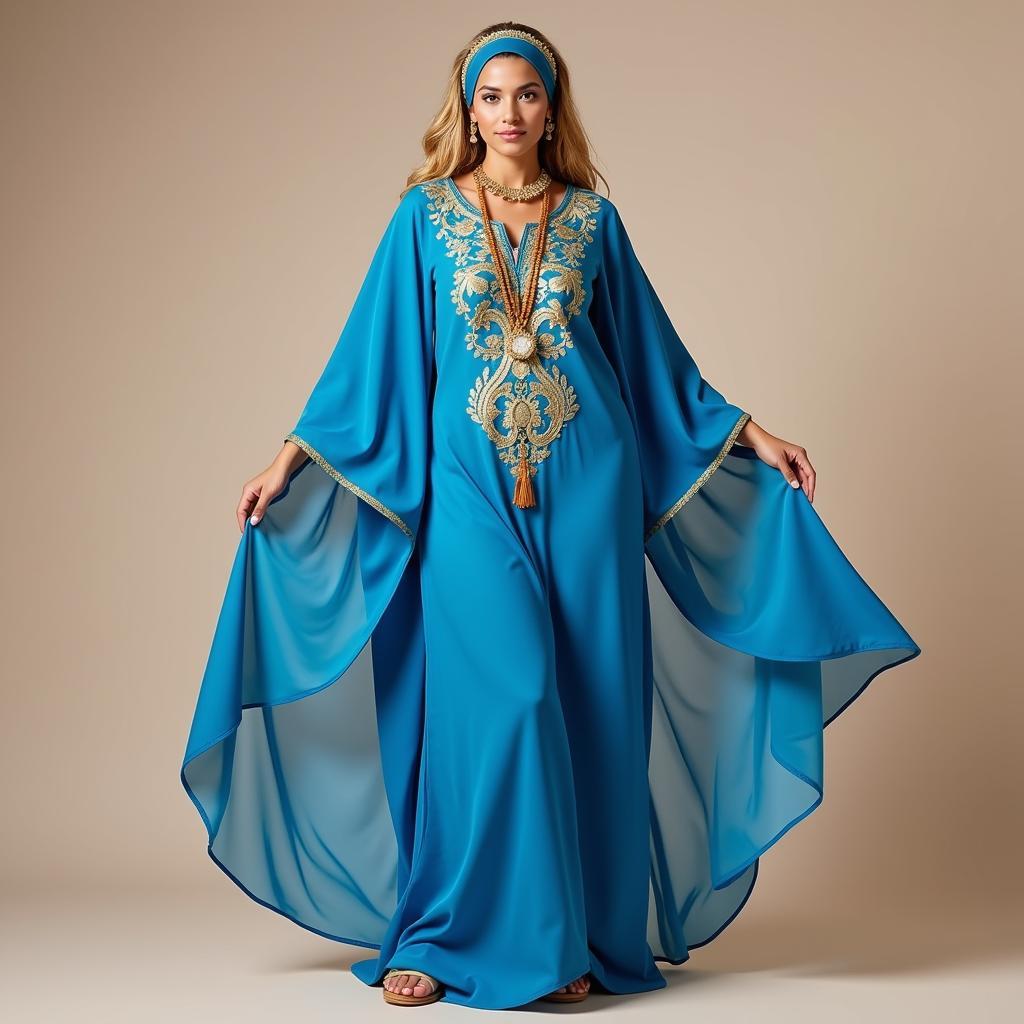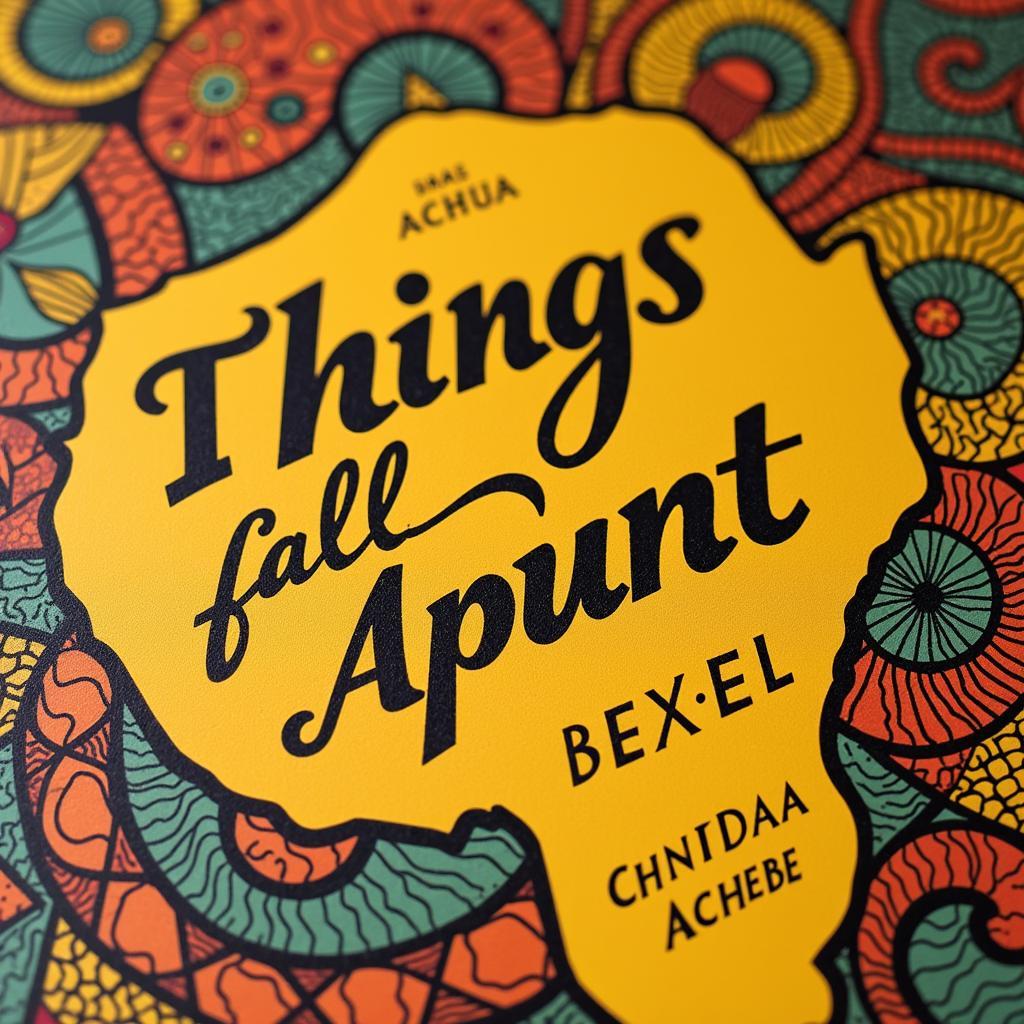Exploring the Vibrant World of African Kente Print Fabric
African Kente Print Fabric is more than just a cloth; it’s a vibrant tapestry of history, culture, and artistry. From its royal origins to its contemporary interpretations, kente cloth tells a compelling story of West African heritage. Discover the rich symbolism, intricate weaving techniques, and the modern evolution of this iconic textile.
A Royal History: The Origins of Kente
Kente cloth, with its bold geometric patterns and vibrant colors, originated in the Ashanti Kingdom of present-day Ghana. Legend tells of two brothers who learned the art of weaving by observing a spider spinning its web. This newfound skill quickly elevated kente to a symbol of royalty and prestige, reserved for kings, queens, and important members of the court. Its use was strictly regulated, with specific designs and colors designated for different occasions and social statuses.
The very word “kente” is believed to derive from the Akan word “kenten,” meaning basket, referencing the woven structure of the cloth. This intricate structure is achieved through a complex process on a narrow strip loom, resulting in strips that are then sewn together to create larger pieces. african home decor ideas
The Language of Color and Symbolism in African Kente Print Fabric
Every color and pattern within kente cloth carries deep symbolic meaning. Gold, for example, represents royalty and wealth, while yellow signifies holiness and fertility. Green symbolizes growth and renewal, while blue represents love, harmony, and good fortune. The intricate patterns, often geometric in nature, also hold significance, conveying proverbs, historical events, and philosophical concepts. This complex interplay of color and design transforms each piece of kente into a visual narrative, a tangible expression of Ashanti culture.
What does green symbolize in kente cloth? Green represents growth and renewal.
From Royalty to the Runway: Kente’s Modern Evolution
While kente’s historical roots lie in royal tradition, it has transcended its ceremonial origins to become a global fashion statement. Today, african kente print fabric is embraced by people of African descent worldwide as a symbol of pride, heritage, and cultural identity. It’s featured in high-fashion designs, incorporated into everyday attire, and even used in home decor, showcasing its versatility and enduring appeal. african american bohemian fashion
Weaving the Future: Preserving the Art of Kente
As kente’s popularity grows, so does the importance of preserving its traditional craftsmanship. Efforts are being made to support local weavers and ensure that the ancient techniques and cultural significance of kente making are passed down to future generations. This includes initiatives to promote fair trade practices, provide training opportunities, and raise awareness about the value of authentic kente cloth.
“Kente is more than just fabric; it’s a living testament to the ingenuity and creativity of the Ashanti people,” says Kwame Asante, a renowned kente weaver from Kumasi, Ghana. “Each thread, each color, each pattern whispers stories of our ancestors.”
How is Kente Cloth Made?
Kente cloth is meticulously woven on narrow strip looms, creating individual strips that are then carefully sewn together to form larger pieces. This intricate process requires skilled craftsmanship and a deep understanding of the traditional weaving techniques.
The Global Impact of African Kente Print Fabric
African kente print fabric has resonated far beyond the borders of Ghana, becoming a powerful symbol of African culture and identity across the globe. Its influence can be seen in art, fashion, and design, showcasing its enduring power and cultural significance. african attire tops african fashion dresses 2015
Conclusion: The Enduring Legacy of African Kente Print Fabric
From its royal beginnings to its modern interpretations, african kente print fabric remains a powerful symbol of African heritage. Its vibrant colors, intricate patterns, and rich symbolism tell a compelling story of tradition, resilience, and cultural pride. By understanding and appreciating the history and significance of kente, we can help ensure its enduring legacy for generations to come. african dress wear
FAQ
- What is the significance of gold in kente cloth? Gold symbolizes royalty and wealth.
- Where did kente cloth originate? Kente cloth originated in the Ashanti Kingdom of present-day Ghana.
- What is the traditional weaving technique used for kente? Kente is traditionally woven on narrow strip looms.
- What are some modern uses of kente cloth? Kente is used in fashion, home decor, and accessories.
- How can I support the preservation of kente weaving? Support fair trade practices and initiatives that promote traditional kente craftsmanship.
- What is the meaning of the word “kente”? It is believed to be derived from the Akan word “kenten,” meaning basket.
- Why is kente cloth important? It represents African heritage, culture, and identity.
When you need help, please contact Phone Number: +255768904061, Email: kaka.mag@gmail.com Or visit: Mbarali DC Mawindi, Kangaga, Tanzania. We have a 24/7 customer service team.



